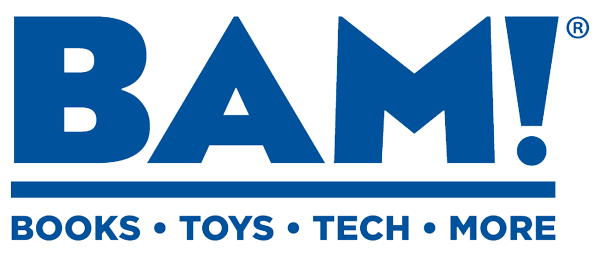Hardly a week goes by without another national report declaring the nutritional crisis of our young. Obesity in children is at an all-time high as kids opt for more fries than fruit. The documentary Super Size Me vividly illustrated the dangerous consequences of unhealthy eating. America’s public educational system responded in part by providing healthier alternatives for cafeteria lunches. Some schools even removed soda vending machines from their campuses.
So, I was more than a little surprised when my son came home from middle school last spring and shared this essay prompt for his county-wide writing exercise: “If you could choose one fast food restaurant for your school cafeteria, which one would you pick?”
I appreciate the necessity of finding a common topic to assess a student’s command of language; however, this one had me stumped. Fast food? Is this the best choice for a writing exam? I would have opted for the hollow cue given to my elementary-aged son a few years ago asking him to describe his favorite ice cream cone (thank goodness he didn’t pick vanilla, a limited choice for an expository essay.) Now that I think about it, that prompt centered around a calorie-riddled theme, too.
Researching this further, I discovered that Marion County teachers have limited influence in creating the prompts for the statewide writing examination officially known as “demand writing.” (What irony, huh?) Aside from the state-mandated FCAT writing prompt for designated grades, a local group of school system teachers and staff develops all other grade level prompts which every teacher must administer.
Many teachers were as frustrated as parents. And just imagine the agony of those who had to grade the carb-inspired essays. How many modifiers can be used to describe the virtues of a biggie-sized menu selection? (The tasty onion rings fried effortlessly in the sizzling frying bin?)
The cynical part of me wonders if this is a sophisticated polling mechanism masked as curriculum. Do the dots connect between fast food corporate monopolies and government? Read Fast Food Nation and you’ll ask the same question. A public school composition assessment is an efficient and inexpensive means for McDonalds to find out if 12-year-olds prefer the Big Mac over the Whopper.
The other explanation may be closer to the mark, though equally disillusioning—our public schools suffer from low standards. When we use fast food as a writing benchmark, we’ve settled. Why not ask students to write why their favorite literary classic should be added to the school library? Or what is the most important American invention and why?
Yet, the problem may be more symptomatic of a larger issue. Other than television, fast food is the common denominator for American children who associate Long John Silver with fish sticks, not Robert Louis Stevenson. We’ve taken the easy way out, using examples of what students know rather than what they should know. Sadly, most sixth graders today can tell you what toy-of-the-week is in a kid’s meal, but couldn’t organize an essay about Wordsworth if they had to.
Admittedly, it’s a tough spot for educators who must instruct a large number of students with deficient learning skills. Thus, finding a universal writing theme is challenging. Our educational system didn’t create this problem, but appoints an unnecessary value to poor eating habits by using fast food references in standardized assessments.
So, as a new school year brings a new round of essay exercises, I’d like to suggest we raise the bar by providing thoughtful and advanced prompts. When dealing with my children’s writing assessments, I don’t want fries with that.




